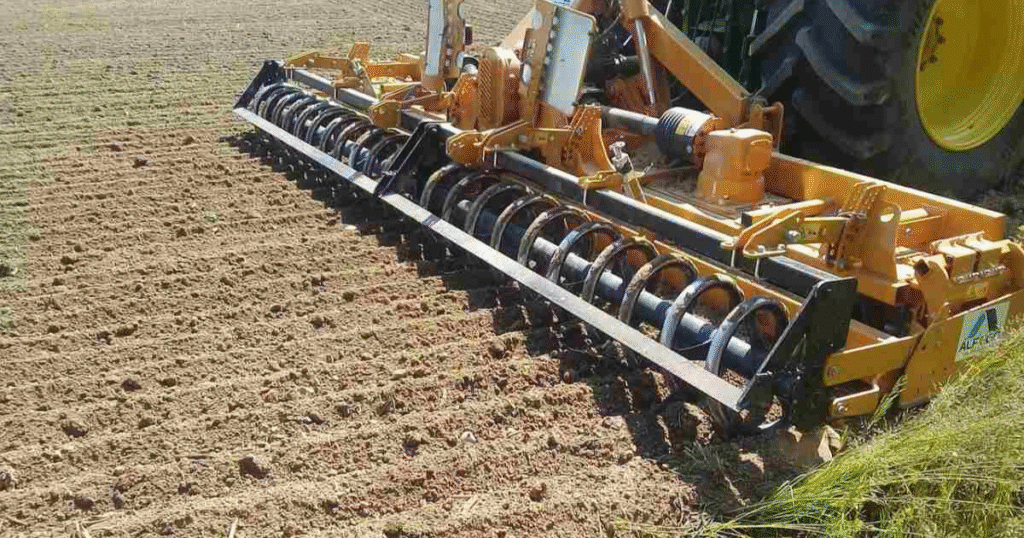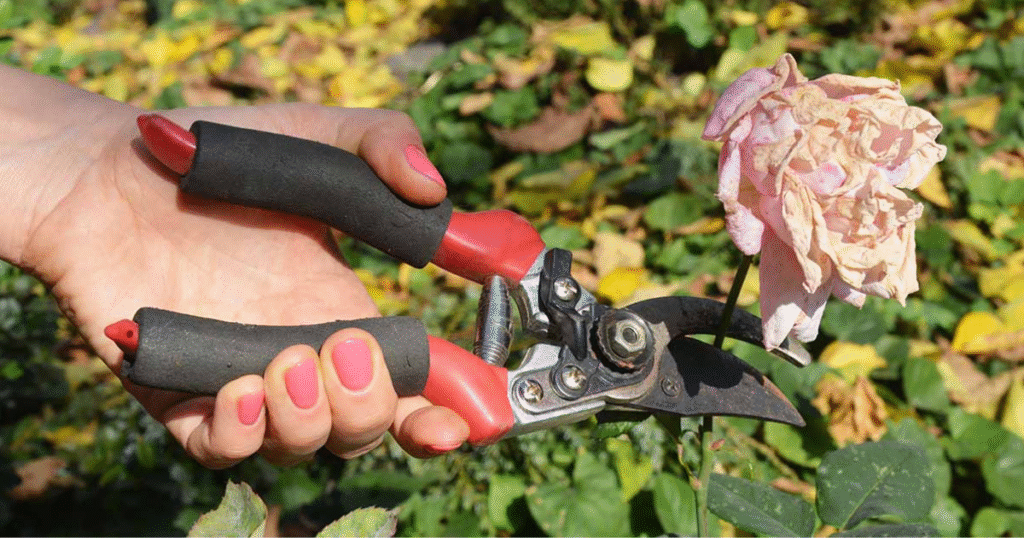Flower gardening is one of the most rewarding hobbies you can pick up. There’s something magical about planting a seed or bulb and watching it blossom into vibrant, colorful blooms. Whether you’re looking to beautify your yard, grow your own cut flowers, or simply want a peaceful escape, flower gardening is accessible to everyone—even absolute beginners. This guide will take you through all the essential steps you need to start your flower garden and help it thrive.
Why Start a Flower Garden?
Before diving into the practical steps, it’s important to understand why flower gardening is a worthwhile pursuit.
Benefits of Flower Gardening
- Aesthetic Appeal: Transform your outdoor or indoor space with color and beauty.
- Mental Health: Gardening is known to reduce stress and promote relaxation.
- Pollinators: Flowering plants attract bees, butterflies, and birds, helping your local ecosystem.
- Creativity: Choose flower combinations, layouts, and designs that express your personal style.
Step 1: Plan Your Flower Garden
Starting with a plan will help ensure your flower garden is successful and sustainable.
Evaluate Your Space
- Sunlight: Determine how much sunlight your garden area receives. This will influence which plants you choose.
- Soil Quality: Do a basic soil test to assess pH and nutrient levels.
- Drainage: Watch how water behaves in your space. Avoid overly soggy areas for most flowers.
Decide on Flower Types
- Annuals: Complete their life cycle in one season (e.g., marigolds, petunias).
- Perennials: Come back year after year (e.g., coneflowers, daylilies).
- Bulbs: Planted in fall or spring for seasonal blooms (e.g., tulips, daffodils).
- Wildflowers: Low-maintenance and great for naturalistic gardens.
Step 2: Choose the Right Location
Your flowers need the right environment to flourish.
Factors to Consider
- Sunlight Requirements: Full sun (6+ hours), partial sun (4–6 hours), or shade (<4 hours).
- Wind Protection: Strong winds can damage delicate blooms.
- Accessibility: Make sure the garden is easy to water, weed, and maintain.
Step 3: Prepare the Soil

Healthy soil is the foundation of any successful garden.
Soil Preparation Steps
- Clear the Area: Remove grass, weeds, and debris.
- Loosen the Soil: Use a shovel or garden fork to turn the soil 8–12 inches deep.
- Amend the Soil: Add compost, organic matter, or peat moss to enrich the soil.
- Test and Adjust pH: Most flowers prefer a neutral pH between 6.0 and 7.0.
Step 4: Choose and Buy Your Flowers
Once you’ve evaluated your space and soil, it’s time to select your flowers.
Tips for Flower Selection
- Climate Suitability: Choose flowers that thrive in your USDA hardiness zone.
- Color Palette: Pick colors that complement your home and each other.
- Bloom Time: Stagger bloom times for continuous color from spring to fall.
- Height and Spacing: Taller plants should go in the back, shorter ones in front.
Beginner-Friendly Flowers
- Marigolds
- Zinnias
- Cosmos
- Black-eyed Susans
- Pansies
- Snapdragons
- Daffodils
- Tulips
Step 5: Planting Your Flowers
Timing and technique are key when planting flowers.
When to Plant
- Spring Planting: Ideal for most annuals and perennials.
- Fall Planting: Best for bulbs like tulips and daffodils.
How to Plant
- Dig Holes: Follow spacing guidelines on seed packets or tags.
- Place the Plants: Position them at the same depth as they were in their containers.
- Backfill and Firm: Gently pat the soil around the roots.
- Water Thoroughly: Ensure the soil is evenly moist, but not waterlogged.
Step 6: Watering and Mulching
Proper watering is essential, especially in the early stages.
Watering Tips
- Frequency: Water deeply 1–2 times per week depending on rainfall.
- Time of Day: Water in the early morning to minimize evaporation.
- Technique: Avoid watering the foliage to prevent disease—focus on the roots.
Mulching Benefits
- Moisture Retention: Helps keep soil from drying out.
- Weed Control: Suppresses unwanted plant growth.
- Temperature Regulation: Protects roots from extreme temperatures.
Use organic mulch like bark, straw, or shredded leaves, and apply a 2–3 inch layer.
Step 7: Fertilizing Your Flowers
While many flowers do well in healthy soil, some benefit from additional nutrients.
Fertilizer Basics
- Types: Granular, liquid, or slow-release.
- Timing: Apply during active growing seasons, usually every 4–6 weeks.
- Application: Follow label instructions to avoid over-fertilization.
Look for balanced fertilizers (e.g., 10-10-10) or those tailored to flowering plants.
Step 8: Pest and Disease Management
Protecting your flowers from pests and diseases is vital to maintaining a healthy garden.
Common Flower Garden Pests
- Aphids
- Slugs and snails
- Spider mites
- Japanese beetles
Natural Control Methods
- Introduce beneficial insects like ladybugs.
- Use neem oil or insecticidal soap.
- Handpick pests when possible.
Disease Prevention
- Avoid overhead watering.
- Ensure proper spacing for airflow.
- Remove infected plants or leaves immediately.
Step 9: Pruning and Deadheading

Regular maintenance helps your plants look their best and produce more flowers.
What Is Deadheading?
Removing spent flowers encourages the plant to produce more blooms.
Pruning Tips
- Annuals: Light trimming can promote bushier growth.
- Perennials: Cut back dead stems at the end of the season.
- Shrubs: Prune flowering shrubs right after they bloom.
Step 10: Enjoy and Evolve Your Garden
Now that your garden is growing, take time to enjoy it and think about future improvements.
Tips to Keep Your Garden Thriving
- Observe Regularly: Watch how your plants respond to conditions.
- Keep a Journal: Track what works and what doesn’t each season.
- Rotate and Refresh: Try new flowers, rearrange layouts, and experiment with colors.
Also Read: 10 Creative Garden Ideas To Transform Your Outdoor Space
Conclusion
Flower gardening is a journey of beauty, patience, and joy. As a beginner, you might face a few setbacks, but with time and care, your garden will flourish. From planning your space and preparing the soil to choosing the right flowers and maintaining them, every step you take is part of a rewarding process. Whether you’re filling window boxes or building a backyard oasis, the beauty of flower gardening lies not just in the blooms—but in the act of growing something meaningful with your own hands.
FAQs
Q. What’s the best time of year to start a flower garden?
Spring is generally the best time to start planting flowers, especially annuals and perennials. Fall is ideal for planting bulbs that bloom in early spring.
Q. How often should I water my flower garden?
Most flower gardens need about 1–2 inches of water per week. It’s better to water deeply once or twice a week than to water lightly every day.
Q. Can I grow flowers in containers?
Absolutely! Container gardening is a great option for small spaces. Choose pots with good drainage and use high-quality potting mix.
Q. How do I attract pollinators to my garden?
Plant native flowers, avoid pesticides, and provide a variety of bloom shapes and colors. Flowers like lavender, coneflowers, and bee balm are especially attractive to pollinators.
Q. What if my flowers aren’t blooming?
Lack of blooms can be caused by insufficient sunlight, over-fertilization, or poor pruning practices. Ensure your flowers are getting the right conditions for their specific needs.

